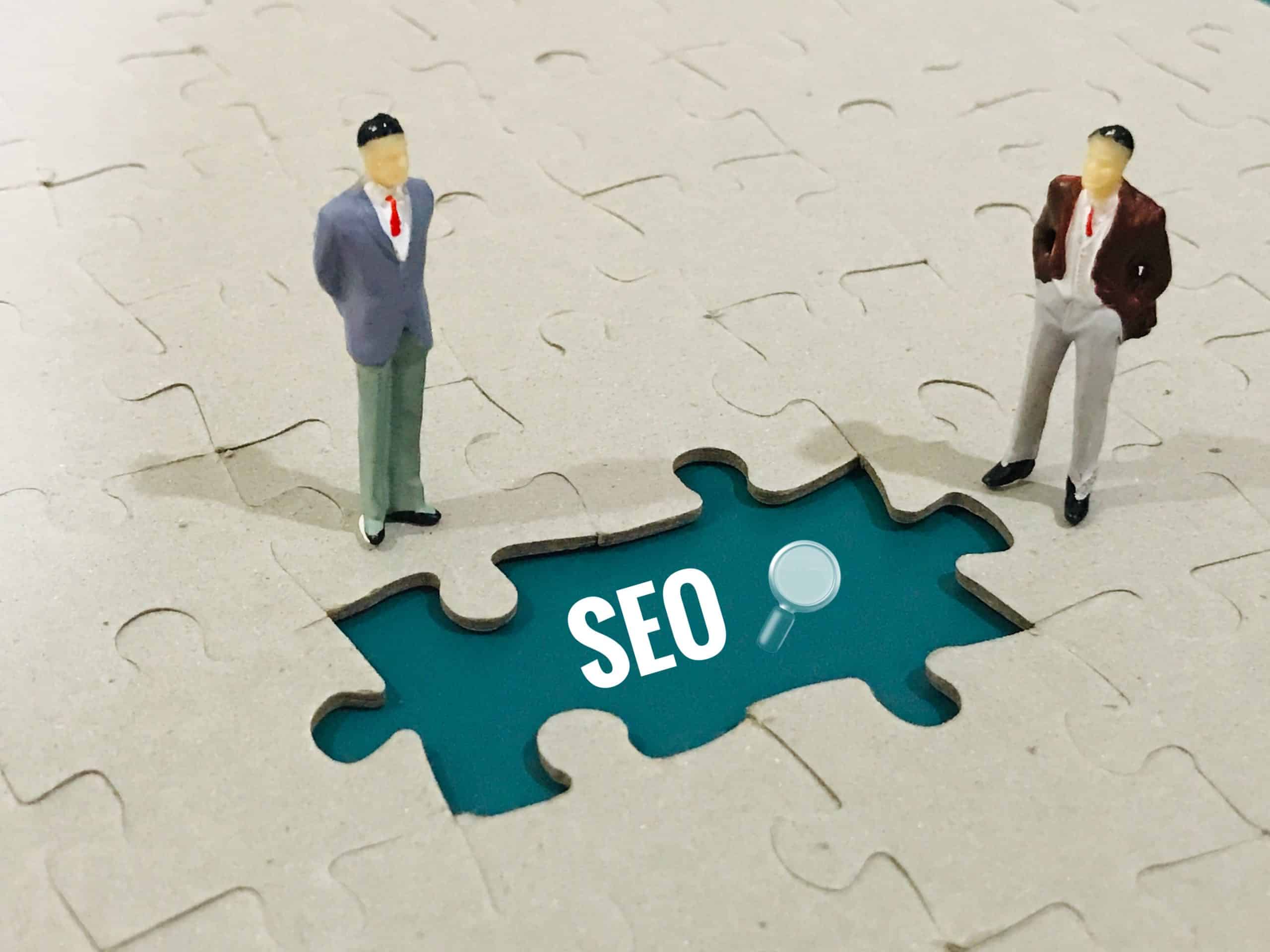How can real estate investments be optimized for energy efficiency and reduced carbon footprint?

The global challenge of climate change has brought a vital and pressing issue to the fore: our need for more sustainable, energy-efficient practices. Increasingly, the real estate market is being called upon to play a significant role in this transition. Today, buildings account for approximately 40% of global energy consumption and about one-third of greenhouse gas emissions. Therefore, the real estate sector can be a game-changer in our fight against global warming. This article explores how you can optimize real estate investments for energy efficiency and reduce the carbon footprint.
Understanding Energy Efficiency in Real Estate
Energy efficiency essentially refers to the use of less energy to perform the same task – thereby reducing energy wastage. For properties, this means using less energy for heating, cooling, and other functionalities, without compromising on comfort or performance. Energy-efficient buildings are not just environmentally friendly; they also offer significant financial benefits.
En parallèle : How to design real estate projects that are resilient to the challenges posed by climate change?
By investing in energy-efficient technologies and practices, property owners can significantly reduce operating costs. This is especially significant in commercial real estate, where utility costs are a major operating expense. By reducing energy consumption, property owners can cut costs and increase the net operating income, thereby boosting the property’s value.
Investing in Energy Efficient Technologies
There’s a wide range of energy-efficient technologies and systems available in the market today that can help make properties more sustainable. Some of these include, but are not limited to, high-efficiency HVAC systems, LED lighting, solar panels, and smart thermostats.
A voir aussi : What are the best strategies for real estate developers to incorporate cultural elements into their projects?
Investment in solar panels provides a unique opportunity for property owners to generate their power, thereby reducing dependence on the grid. This leads to substantial energy savings over time, especially in regions with high sunlight. Additionally, installing LED lighting instead of traditional bulbs can reduce energy consumption by up to 80%.
Smart thermostats offer another exciting technology for energy efficiency. These devices learn your habits over time and can automatically adjust the temperature based on your routines, leading to significant energy savings.
Building for Efficiency
While investing in energy-efficient technologies is crucial, it’s equally important to incorporate energy-efficient practices in the design and construction phase of your properties.
Passive building design is a key element of sustainable architecture. This involves designing buildings to exploit the local climate and reduce the need for artificial heating or cooling. It includes principles such as proper building orientation, use of shade, and natural ventilation.
Insulation is another crucial aspect of energy-efficient building. Proper insulation can significantly reduce the amount of energy required for heating and cooling, leading to reduced utility bills.
The Role of Green Certifications
Green certifications, such as LEED (Leadership in Energy and Environmental Design), provide a benchmark for evaluating the sustainability and energy efficiency of buildings.
These certifications can serve as a selling point for properties, as they demonstrate a commitment to sustainability. They also provide a roadmap for property owners looking to improve energy efficiency, offering guidelines on what areas to focus on and what standards to aim for.
The Future of Energy Efficiency in Real Estate
The demand for energy-efficient, sustainable buildings is only expected to grow in the future. This is driven by both environmental concerns and the financial benefits these properties offer. As such, it’s crucial for real estate investors to stay ahead of the curve and start incorporating energy efficiency measures into their properties.
In the future, we can expect to see an increasing number of regulations promoting energy efficiency in buildings. This will further drive the adoption of energy-efficient technologies and practices in real estate. Additionally, technological advances will continue to make energy efficiency more attainable and affordable, driving further adoption in the real estate sector.
In conclusion, the transition to energy-efficient, sustainable real estate is not just an environmental imperative but also a sound business strategy. By leveraging energy-efficient technologies and practices, real estate investors can reduce operating costs, increase property values, and stay competitive in a rapidly changing market.
Incorporating Renewable Energy Sources
Renewable energy sources, such as wind, solar, and geothermal, are an essential element of energy-efficient real estate. By integrating these renewable sources into buildings, property owners can drastically cut down on energy consumption and carbon emissions, making a significant contribution to climate change mitigation.
Solar energy, for instance, has become increasingly popular in the real estate industry. Solar panels installed on rooftops or in open spaces within the property can generate a significant amount of electricity to meet the property’s energy demand. Some properties are even able to generate excess energy that can be sold back to the grid, providing an additional income stream for property owners.
Wind and geothermal energy, though less common, provide viable options for certain properties. Wind turbines can be installed on properties in windy areas to generate electricity. Geothermal energy, which harnesses the heat of the earth, can be used for heating and cooling systems, significantly decreasing energy costs.
Utilising renewable energy sources not only reduces dependence on fossil fuels but also leads to significant cost savings in the long term. While the upfront cost of installing renewable energy systems may be high, the savings on energy bills over time make it a worthwhile investment.
Key Takeaways for Optimizing Real Estate Investments for Energy Efficiency
In the face of climate change, optimizing real estate investments for energy efficiency is not only a moral obligation but also a smart business move. Efficient buildings are more attractive to tenants and buyers, command higher prices, and cost less to operate. Here are some key takeaways for property owners and investors:
-
Investing energy in efficient technologies such as high-efficiency HVAC systems, LED lighting, and smart thermostats can significantly reduce a property’s energy consumption and carbon footprint.
-
Incorporating energy-efficient practices into the design and construction phase, such as passive building design and proper insulation, can lead to more efficient buildings.
-
Utilizing renewable energy sources, such as solar, wind, and geothermal energy, can result in significant energy savings and reduce dependence on fossil fuels.
-
Green certifications like LEED can provide a roadmap for improving energy efficiency and serve as a selling point for properties.
-
Staying ahead of the curve by anticipating future trends and regulations in energy efficiency can help keep your properties competitive in the market.
In conclusion, energy efficiency in real estate is a growing trend that offers significant benefits for both the environment and the bottom line. By integrating energy-efficient technologies and practices into their properties, real estate investors can contribute to the fight against climate change while also boosting their profits.
